Import substitution in the Russian defense industry. results
Import Substitution Problem
Until 2014, Russian arms and military policy was subject to the general idea of a globalized economy and the division of labor markets. The share of dependence of the domestic defense industry complex on foreign suppliers was very high, partly due to the consequences of the collapse of the USSR, when many defense enterprises appeared outside of Russia, but Moscow continued to maintain close ties with them. In many ways, the defense industry lived on the same principle as the rest of the Russian economy: why invest materially in the creation of weapons and related components and components, if you can buy such products in other countries, and even cheaper?
Until 2014, such a policy had the right to life. Even the most famous torn deal after the imposition of sanctions related to the purchase of two universal assault ships of the Mistral type from France, is not a failed enterprise. Russia did not lose money under this contract and gained access to technologies and design solutions, gaining experience in building modern UDCs, similar to those in Russia navy just not yet. At the same time, the refusal of the US, European and Ukrainian authorities to supply defense products, and in some cases dual-use products, to Russia led to serious problems.
In addition to France, problems arose with other countries. The United States and Japan imposed a ban on the supply of composite materials to Russia, as well as complex industrial equipment. The refusal to supply composites has already seriously hit the main Russian project in the field of civil aircraft manufacturing - the MS-21 passenger aircraft, whose serial production has moved to 2021. At the same time, some experts believe that the real terms for the deployment of mass production and the achievement of planned output volumes will move to a later date. The gap with Germany and Ukraine, which supplied ship engines, and Ukraine and aviation. In addition, European and a number of other traditional partners of Russia stopped supplying their electronics.
After the collapse of the Soviet Union, Ukraine inherited a huge number of industrial enterprises of the military-industrial complex, as well as design bureaus. Like many other post-Soviet countries, the Ukrainian defense industry was focused on the production of individual components, assemblies and parts, the final assembly of products was carried out in Russia. This division of labor ensured cooperation between the two countries in the defense industry after the collapse of the USSR. In Ukraine, there were several key defense industry enterprises whose products were in demand in Russia. First of all, it is the Motor Sich company (engine building), Yuzhmash (rocket science), Antonov Design Bureau (aircraft construction, transport aviation), Zorya - Mashproekt (gas turbine engines for the fleet).
After the annexation of Crimea and the outbreak of hostilities in the territory of Donbass, Ukraine curtailed all military cooperation with Russia, including in the field of the military-industrial complex. The execution of even prepaid contracts was stopped, as happened with gas turbine engines from Nikolaev. In fact, the authorities in Kiev decided to make serious losses, jeopardizing their own defense industry. Before the 2014 events of the year, relations between the two countries in the defense industry were very close, and Ukraine received real money from such cooperation. In modern realities, it is difficult for Ukrainian enterprises to find the same sales market for their products, which was Russia. True to Moscow, it took many years to cope with the mass of problems that arose: from equipping helicopter equipment with engines, to commissioning new frigates.
The process of import substitution in the defense industry complex of Russia
It is quite difficult to accurately imagine the necessary volume of import substitution in the military-industrial complex because of the closeness of such information. But using data from open sources, in particular, speeches by senior Russian officials, one can imagine the scale of the problem that the Russian defense industry faced in the second half of the 2014. For example, according to Deputy Prime Minister Dmitry Rogozin, made during one of the speeches, components and components from NATO and the EU (mainly radio electronics and optics) were used in 640 samples of Russian-made military equipment, of which 571 samples had to be completely replaced to 2018 year.
Even more impressive figures were voiced by 16 on July 2015 in a report to Vladimir Putin, Deputy Minister of Defense of Russia Yuri Borisov, specializing in military-technical support of the RF Armed Forces. According to Yuri Borisov, before 2025, Russian industry should achieve import substitution for 826 weapons and military equipment. According to data from other sources, it is only necessary to process at least 800 different types of weapons and special equipment made in Russia to replace parts and components that came to Russia from NATO and the EU.
At present, the Russian defense industry has made serious progress on the path of import substitution. Moreover, deliveries of the main types of weapons and special equipment are carried out without delay. As part of the conference call held in early October of 2019, Sergei Shoigu said that currently the country's armed forces have received 2,3 thousands of units of modernized military equipment. According to the minister, the planned procurement and updating indicators for the main armament samples were fulfilled in Russia by 47 percent, and as a result of the 2019 year, the share of new types of military equipment in the country's armed forces reached 68 percent.
Earlier, Russian President Vladimir Putin also spoke about the progress of import substitution in the military-industrial complex. During the 19 meeting of September 2019, which took place in Izhevsk as part of the celebration of the Day of the Armsman, the President noted that over the past five years, the country has been able to significantly advance in the field of import substitution "in a number of significant directions." According to Vladimir Putin, over the past five years it has been possible to ensure technological independence in more than 350 models of weapons and military equipment. Among other things, the president highlighted the success in increasing the share of the Russian electronic component base, which is used in modern weapons. Separately, he highlighted the establishment of the production of engines for helicopters, as well as warships of the Russian Navy. According to Putin, the process of repairing the engines of the world's heaviest transport aircraft in the world, the An-124 Ruslan, will soon be launched at Russian enterprises.
Closure of problematic issues in the defense industry
The most acute, one might even say critical, for the Russian defense industry was a break in relations with Ukraine. The dependence of the Russian military-industrial complex on Ukrainian allies in the field of aviation, shipbuilding and rocket and space industry was enormous. Until 2014, almost all engines that were installed on Russian military and civilian helicopters were manufactured in Ukraine at the Motor Sich enterprise. Back in the 2011 year, as part of the Dubai Airshow air show, the Russian holding Russian Helicopters and the Ukrainian company Motor Sich signed a contract for the supply of 1300 helicopter engines to Russia totaling 1,2 billion dollars. Every year, the Ukrainian manufacturer was supposed to transfer 250-270 engines to Russia.
Today, Russia has almost completely overcome this dependence in the military sphere. Back in 2017, the head of the Russian Helicopters holding reported to the President that by 2019, Russia would overcome the problem of supplying helicopter engines from Ukraine. In Russia, the VK-117 engine completely localized in our country came to replace the Ukrainian TVZ-2500ВМА engines with the creation and production of which Klimov is responsible. These engines are installed on most Mi and Ka type helicopters. According to Rostec state corporation, in 2018 the Ufa PJSC UEC-UMPO provided the supply of 180 motor kits for VK-2500 engines. At the same time, Motor Sich continues to cooperate with Russian companies in the supply of engines for civilian helicopters and even takes part in a joint project to create the Russian-Chinese heavy helicopter AHL, on which a new version of the Zaporozhye D-136 engine, on which all heavy aircraft fly, should be installed Mi-26 helicopters in the world. In addition, Russia completely localized the production of the AI-222-25 engine, which is installed on the Yak-130 combat training aircraft. The Salyut gas turbine construction center announced the complete localization of the AI-222-25 engine and the termination of cooperation with Motor Sich back in April of the 2015.
Another important problem that the Russian defense industry had to solve was the replacement of Ukrainian ship engines made in Nikolaev. Due to a break in military-technical cooperation between the two countries, Russian shipyards froze in anticipation of the adoption of the frigates of the far sea zone of the 11356 and 22350 projects. It is worth noting that the breakdown in relations with Ukraine seriously violated the deadlines for commissioning 22350 frigates for the Russian fleet and three 11356 frigates intended for the Indian Navy. So the second frigate of the 22350 project “Admiral of the Fleet of Kasatonov” was laid back in the 2009 year, but it went to factory sea trials only in the 2019 year, a similar situation with the frigate “Admiral Golovko”, the laying of which took place as early as the 2012 year. The fact that the domestic industry overcame its dependence on Ukrainian gas turbine engines became clear only in February 2019 of the year. This was told to journalists during a visit to the Northern Shipyard by the Deputy Minister of Defense of Russia Alexey Krivoruchko. According to him, UEC-Saturn has produced fully domestic gas turbine units for the frigates of the 22350 project under construction. It is already known that the frigates under construction provide for the use of marching diesel engines 10D49 produced by the Kolomensky Zavod and gas turbine unit M90FR produced by "ODK-Saturn".
Russia has also achieved notable successes in the aircraft industry. Moreover, we are talking about both manned aircraft and drones. One of the implicit examples of import substitution is the work on the Il-112V military transport aircraft, the first flight of which took place on March 30, 2019. The new aircraft not only changes morally and physically obsolete An-26 aircraft, but is also a kind of response and direct competitor to the An-140T aircraft, developed at the Antonov Design Bureau. Back in 2011, the Russian military was going to acquire a Ukrainian car for transport needs.
In addition, Russian defense industry enterprises have made great strides in creating unmanned aircraft. At the beginning of 2020, the Forpost-R UAV will enter the VKS armament. The first flight of a UAV built using completely Russian-made components with a Russian APD-85 engine and domestic software took place at the end of August 2019. Previously, this drone was assembled in Russia under an Israeli license from foreign components. The creation of the S-70 “Okhotnik” heavy strike reconnaissance UAV in Russia, the first flight of which took place on 3 on August 2019, was also an obvious success. This unique UAV will be able to interact with the most advanced Russian fifth-generation fighter Su-57. On September 27, the Ministry of Defense spoke about the first joint flight of a bunch of Su-57 fighter and the Hunter drone, the flight duration was 30 minutes.
Already now we can say that the sanctions gave impetus to the development of the domestic defense industry, having a healing effect on the entire sector. Over the past five years since 2014, the domestic defense industry has rid itself of foreign dependence in many areas. At the same time, the process of rearming the army with new models of weapons and military equipment was not stopped. The most noticeable failure occurred in shipbuilding, but by 2019 this problem was overcome. At the same time, the policy of import substitution still does not mean the complete isolation of Russian industry. In the field of electronic component base, Russia is actively developing cooperation with China. In an interview with RT, military expert Yuri Knutov expressed the view that Russia currently relies heavily on China in the area of electronic components, which, after the imposition of Western sanctions, has become one of the key Russian partners in military-technical cooperation.
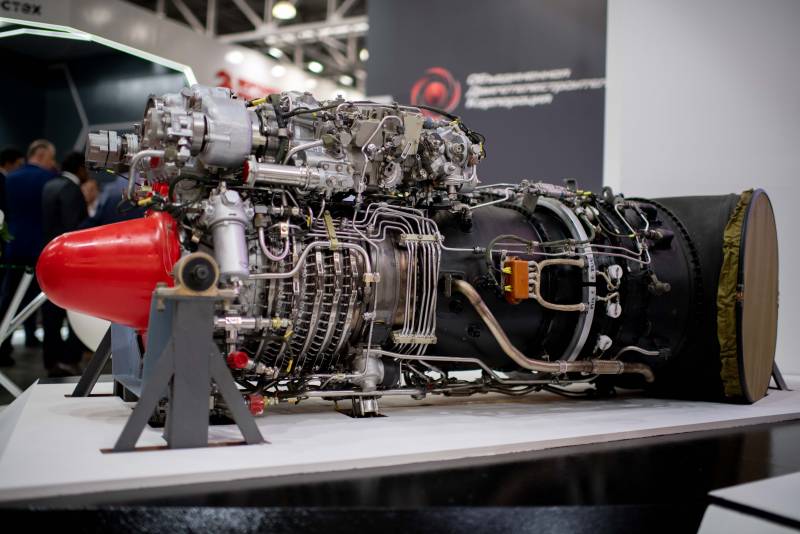
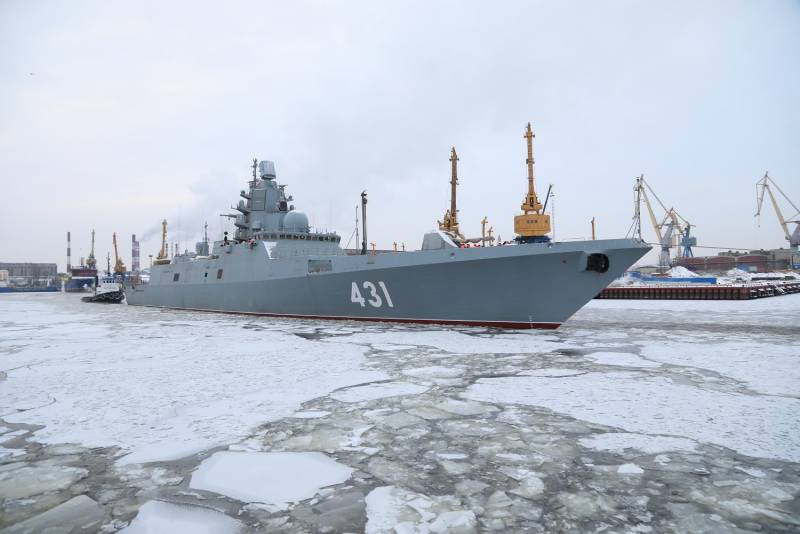
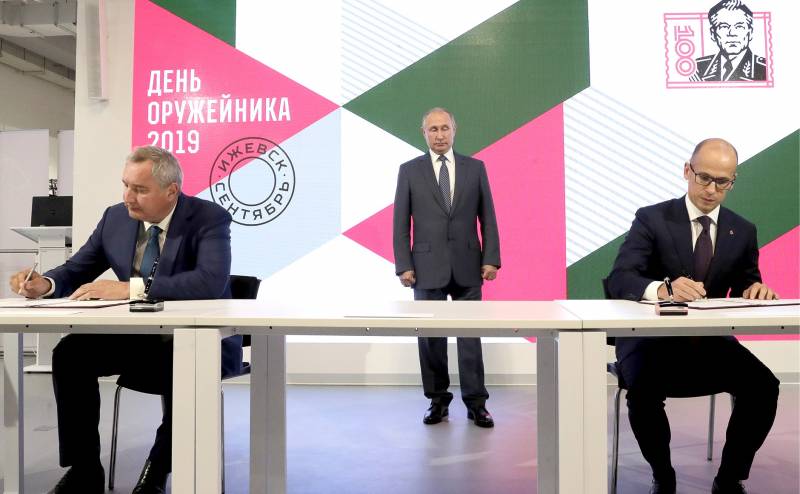
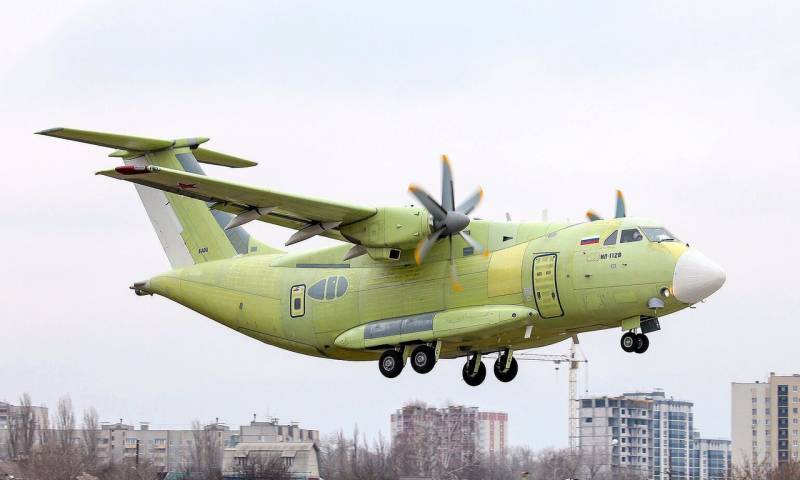
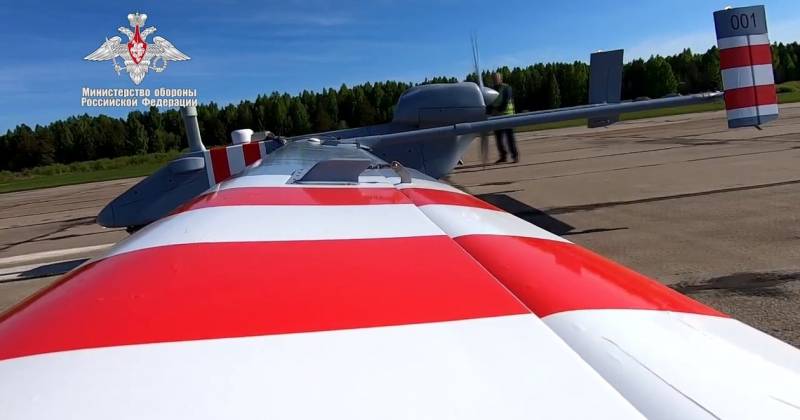
Information